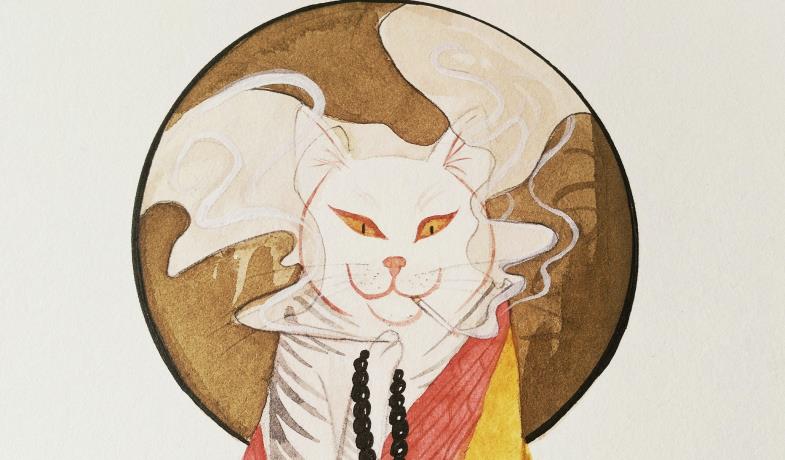
微笑抑郁测试(学生自测版)
- • 15道精选问题
- • 深度分析
- • 739人已测
微笑抑郁症(Smiling depression),是一种抑郁症的亚型,指的是表面上看起来很快乐,但内心感到抑郁、孤独、焦虑、无助等负面情绪的人群。这种人往往擅长掩藏和隐藏自己的情绪,不善于表达和沟通,对于外界的负面评价也较难承受。
以下是微笑抑郁症的一些特点:
1. 表面上能够保持愉悦、积极的状态,但内心经常感到空虚、无助、孤独等负面情绪。
2. 对于生活中的疲惫、压力、焦虑等,常常选择自我压抑或者通过逃避方式来面对。
3. 通常很难向他人表达自己的真实感受,以免被认为是弱者或者无能。
4. 一旦遇到问题或困难,会倾向于自己解决,不轻易向他人求助。
5. 内心深处缺乏安全感和承认感,对自己和别人都持有一定的怀疑和不信任。
6. 微笑抑郁症患者往往感到孤单和疏远,缺乏紧密的人际关系和社交支持。
需要指出的是,微笑抑郁症患者对于抑郁症的症状和表现方式与一般性抑郁症是相似的,同样需要专业医生的诊断和治疗。
微笑抑郁测试是一种心理测试,主要通过对被测试者的心理与情感状态进行评估,来判断其有无抑郁症状。这种测试通常涉及到被测试者对于生活、情感和健康的态度、行为方式和心理反应等方面的询问。
微笑抑郁测试(Student Version)相关的论文和文献,供您参考:
1. Hirschfeld, R. M. (1997). The Comorbidity of Major Depression and Anxiety Disorders: Recognition and Management in Primary Care. Primary Care Companion to the Journal of Clinical Psychiatry, 3(6), 244-254.
2. Williams, J. B., & Spitzer, R. L. (1988). Toward a Clinical Global Impression for Depression and Anxiety. Journal of Clinical Psychiatry, 49(6), 22-25.
3. Radloff, L. S. (1977). The CES-D Scale: A Self-Report Depression Scale for Research in the General Population. Applied Psychological Measurement, 1(3), 385-401.
4. Beck, A. T., Ward, C. H., Mendelson, M., Mock, J., & Erbaugh, J. (1961). An Inventory for Measuring Depression. Archives of General Psychiatry, 4(6), 561-571.
5. Zung, W. W. (1971). A Rating Instrument for Anxiety Disorders. Psychosomatics, 12(6), 371-379.
6. Goodman, S. H., & Tully, E. (2008). Depression in Women Who Are Mothers: An Integrative Model of Risk for the Development of Psychopathology in Their Sons and Daughters. Depression and Anxiety, 25(12), 1068-1080.